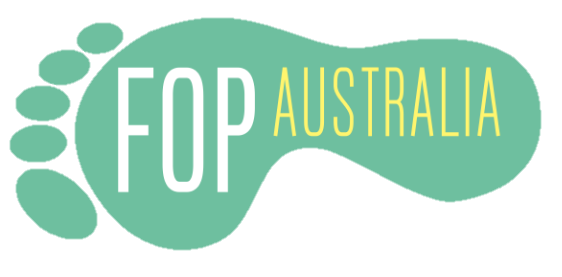During the toddler years, children with FOP are mainly like their peers. Some may have stiffness in their upper bodies and balance problems because of their unique toes, but in general their bodies function like their friends. This means that the primary FOP issue at this time is the overriding need to prevent trauma that may start a flare up. When preparing for Kindergarten or Preschool for a child with FOP, most parents have found that the best way to be sure everyone understands all the concerns is with a face-to-face meeting where the best interests of the child is clearly the focus.
This meeting should take place before school starts to assure that the child’s inclusion will be seamless and natural. In general, the more you do before school starts, the better it will be for the child.
Here are some considerations:
Tables and Desks
Tables and desks should be at the right height for minimising the strain on the child’s neck and back while playing and drawing. Since many children with FOP have trouble sitting on the floor to play or work, some other appropriately sized surface should be available for him or her to use. To encourage socialisation, the surface should also be big enough for several children at once.
Writing Aides
To facilitate early writing skills, a slanted desk top or writing board (which can be made by taping two binders together) can help a child with restricted neck movement learn to write with less strain.
Sensitivity meeting
Educating everyone about FOP – students, parents, everyone – may minimise teasing and bullying later. A sensitivity meeting can be as simple as a meeting of classmates and staff, a general assembly, or anything in between. It can be a real opportunity for educating the school about FOP and the issues of living with a chronic illness.
FOP Australia can help with ideas and topics to cover.
Communication
Some parents have written letters to the parents of all the children in the same grade as the child with FOP explaining FOP and how it is affecting their child. This is one way to be sure that other parents have accurate information about FOP, and not just second-hand stories from the kids. Since you opened the door to communication with a letter, it can make it much easier for other parents to talk with you about your child & FOP. This models the kind of open communication and sensitivity that you want the children to copy, as opposed to teasing and staring.
Seating
The chair of a child with FOP must be very stable, possibly padded, and at the right height so that the child’s feet are always firmly planted on the floor for proper back alignment. Depending on the position of the child’s elbows, the chair may need to be armless. As the child gets older, his or her chair may need to swivel.
Emergency Information
The following information should be downloaded, printed, laminated and sensitively displayed in an area of the classroom (accessible to the teacher and any relief teachers, yet respecting the privacy of the student).
EMERGENCY INFORMATION FOR [Name and photo]
[Name] has Fibrodysplasia Ossificans Progressiva (FOP) is an extremely rare and disabling genetic condition causing bone to form in muscles and other soft tissue.
FOP is accelerated by trauma (including intramuscular injections and invasive diagnostic procedures) so patient must be handled gently and falls must be prevented. In a life-threatening emergency protect the patients as if FOP were not an issue. FOP itself rarely causes an emergency.
PLEASE follow these emergency guidelines at all times, if time permits, consulting expert doctors is strongly recommended regarding potential risk of any surgical or medical interventions being considered.
AVOID DEEP TISSUE TRAUMA – including intramuscular injections (IM) if possible
STABILISE AND TREAT – No IM injections but venepuncture, subcutaneous and intravenous meds are okay
TAKE INTUBATION PRECAUTIONS – protect jaw and get expert anaesthesia assistance as the jaw and neck may be completely or partially locked
CONSULTING OF EXPERT DOCTORS – strongly recommended regarding the potential risks of any surgical or medical inventions being considered
If the patient requires hospitalisation please take this information and ensure that emergency staff are advised of the condition.
[insert Doctors name] [insert phone number [insert emergency contact] [insert phone number] [insert emergency contact] [insert phone number]
Emergency Treatment Guidelines are available here. Further information is also available at www.fopaustralia.org
